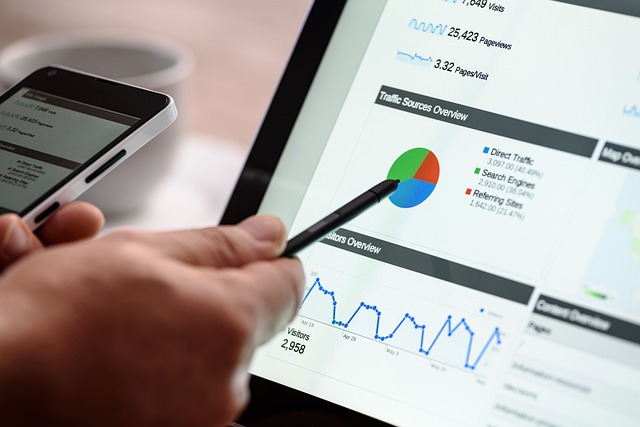[ad_1]
Mixed Reality: Bridging the Gap Between Virtual and Physical Worlds
Imagine a world where you can interact seamlessly with virtual objects, creatures, and environments, all while physically present in your own space. This is the promise of mixed reality (MR). Unlike its counterparts, virtual reality (VR) and augmented reality (AR), MR aims to bridge the gap between the virtual and physical worlds to create a truly immersive and interactive experience.
MR is a technology that merges real and virtual worlds to produce new environments and visualizations where physical and digital objects coexist and interact in real-time. It combines the best elements of VR and AR, enabling users to experience virtual content while still being aware of and interacting with their physical surroundings. This immersive blend provides endless possibilities for entertainment, education, design, and much more.
One of the main challenges with VR and AR technologies is the isolation they create. VR allows users to fully immerse themselves in a digitally created environment, shutting out the physical world completely. On the other hand, AR enhances the physical world with additional virtual content but lacks true interaction between the two. MR overcomes these limitations by creating an environment where the real and virtual seamlessly interact, enhancing the user’s perception of reality.
Through the use of specialized hardware and software, MR enables users to experience virtual objects in a real-world context. For example, you could see and interact with a digital pet or character in your living room or design and manipulate virtual objects in your physical space. This level of integration brings a sense of presence and raises the bar for what is possible in the realm of interaction and engagement.
The potential applications of MR are vast and diverse. In the field of entertainment, MR can revolutionize gaming by combining physical movements and gestures with virtual challenges and experiences. Users could find themselves physically dodging virtual obstacles or engaging in sword fights with digital adversaries, all within their own environment. MR could also revolutionize how we consume media, enabling us to step into our favorite movies or TV shows and interact with the characters and settings.
In education, MR can transform learning experiences by providing immersive and interactive simulations. Students could explore historical events by virtually visiting ancient civilizations or conduct scientific experiments in a hands-on virtual laboratory. MR can also support remote collaboration, allowing people to work together in a shared virtual environment, irrespective of their physical location.
MR has the potential to reshape various industries, from architecture and design to healthcare and engineering. Architects could create virtual mock-ups of buildings and visualize them in real-time, improving the design process and reducing costs. Surgeons could overlay diagnostic data onto a patient’s body during procedures, enhancing precision and safety. Engineers could interact with virtual prototypes, analyzing their performance before physical production, saving time and resources.
While MR is still in its early stages, significant strides have already been made. Companies like Microsoft, with their HoloLens headset, and Magic Leap, with their Magic Leap One, are driving innovation and exploration in this space. The adoption of 5G networks and advancements in hardware technology will further enhance the capabilities and accessibility of MR.
Mixed reality represents a new frontier in human-computer interaction, blending the best of both virtual and physical worlds. By seamlessly integrating the real and digital realms, MR is poised to transform how we experience and interact with our environment, revolutionizing industries and enriching our lives. As this technology continues to evolve, we can look forward to a future where the line between what is real and what is virtual becomes increasingly blurred.
[ad_2]

